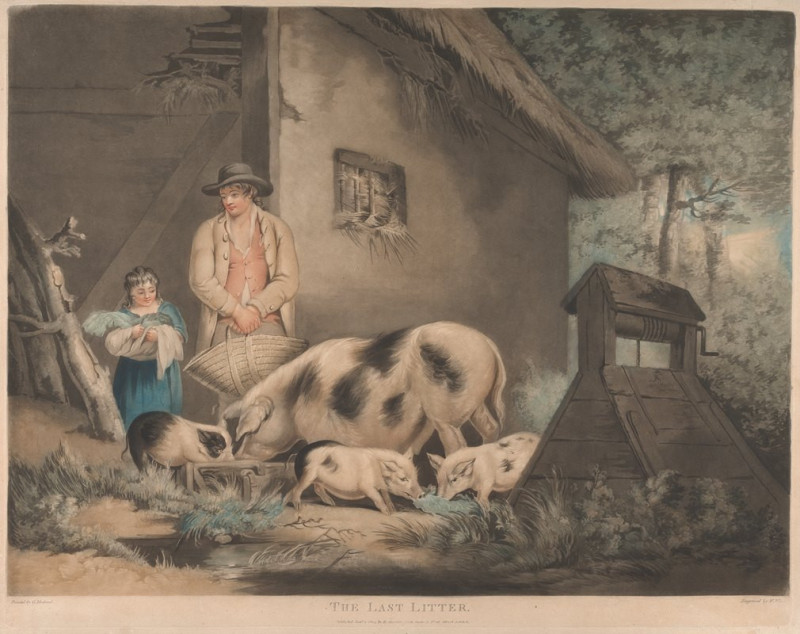The Last of the Buffalo (1888)
Technique: Giclée quality print
Recommended by our customers
More about this artwork
Albert Bierstadt's 1888 masterpiece, "The Last of the Buffalo," captures a poignant moment that intertwines the tragic with the majestic. Set in a vast panorama that echoes with the almost tangible sounds of nature, this painting offers a stirring reflection on a key chapter of American frontier history.At the center of the artwork, a Native American warrior, poised dramatically atop a rearing white horse, lunges forward to spear a buffalo. Behind him, other members of his tribe are shown in pursuit of the dwindling herd across the sprawling plains. The action is intense and filled with a desperate energy, highlighting the struggle for survival and the deep connection between the Native people and the buffalo.The foreground presents a more somber scene. Scattered buffalo skulls and bones litter the grass, stark symbols of the nearing extinction faced by both the animal and the indigenous cultures dependent on them. These remains speak silently but vividly of loss and displacement.In the distance, the landscape stretches out beneath an expansive sky, mountains looming on the horizon, suggesting both the beauty of the land and the relentless push of manifest destiny that would transform it. The fading mist and the peaceful river running through the plains contrast sharply with the violent encounter in the foreground, underscoring the inherent contradictions of this historical period.Bierstadt, known for his detailed and dramatic style, uses light and shadow expertly to draw the viewer's eye through the painting, from the grim symbols of death and decay to the life and activity of the hunt. "The Last of the Buffalo" serves not just as a depiction of a moment in time, but as a powerful commentary on the cultural and environmental impacts of westward expansion.
Delivery
Returns
Albert Bierstadt (January 7, 1830 – February 18, 1902) was a German-American painter best known for his lavish, sweeping landscapes of the American West. He joined several journeys of the Westward Expansion to paint the scenes. He was not the first artist to record the sites, but he was the foremost painter of them for the remainder of the 19th century.

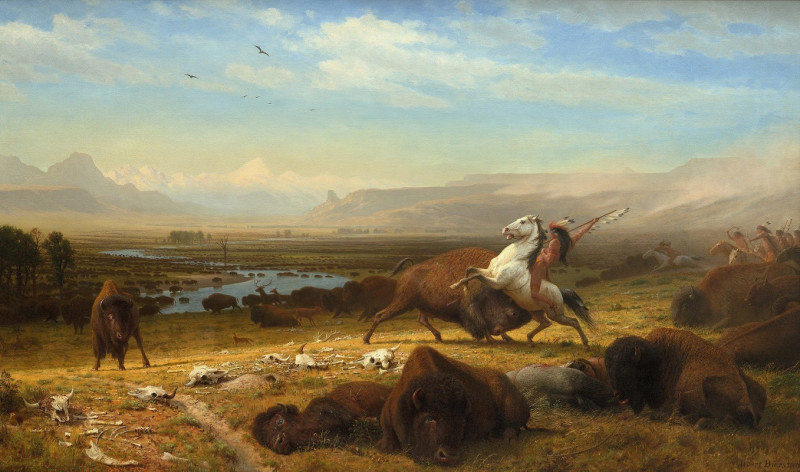

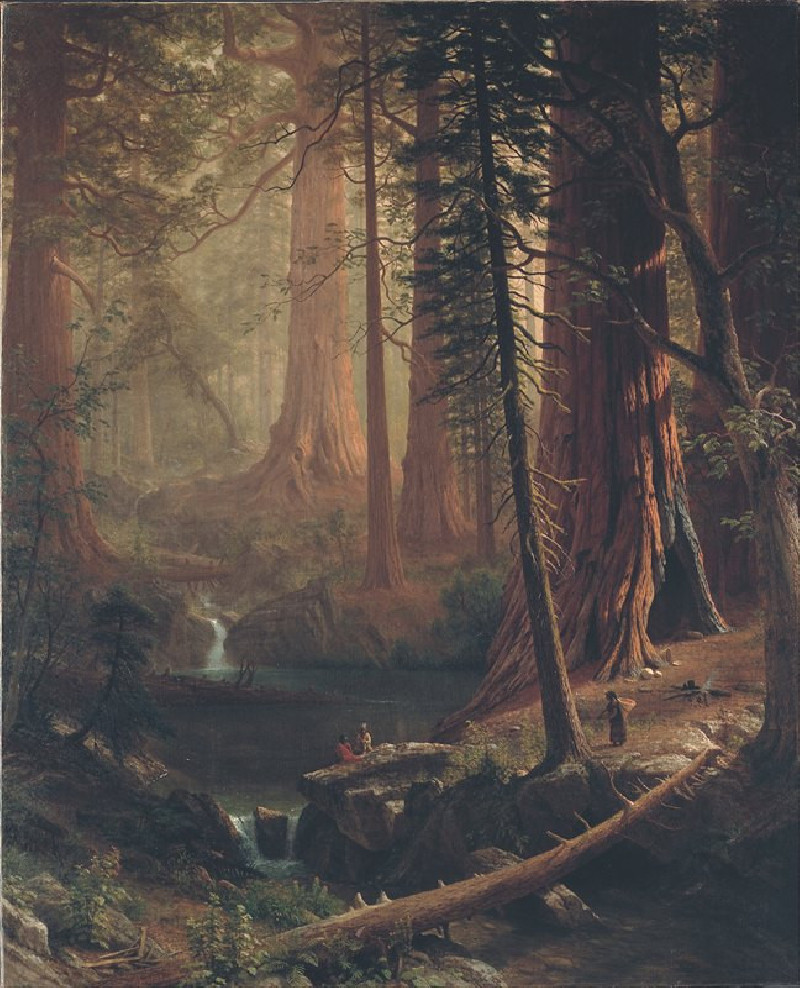
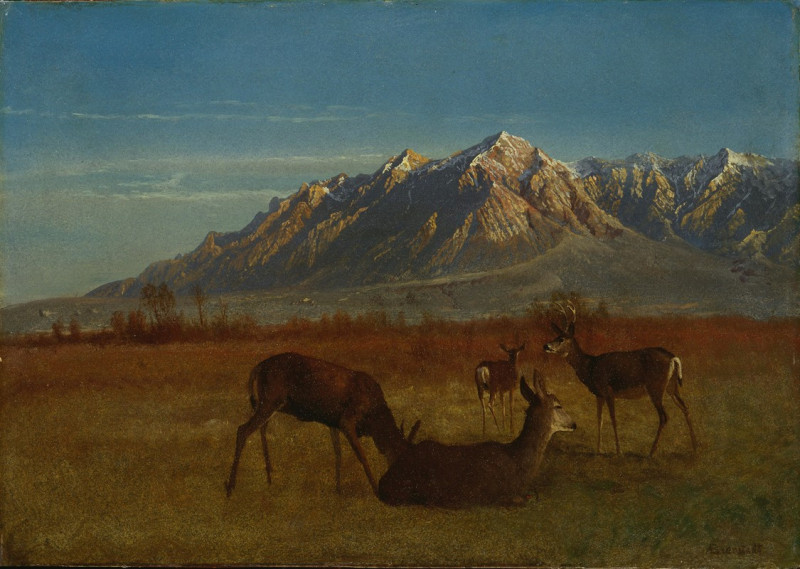

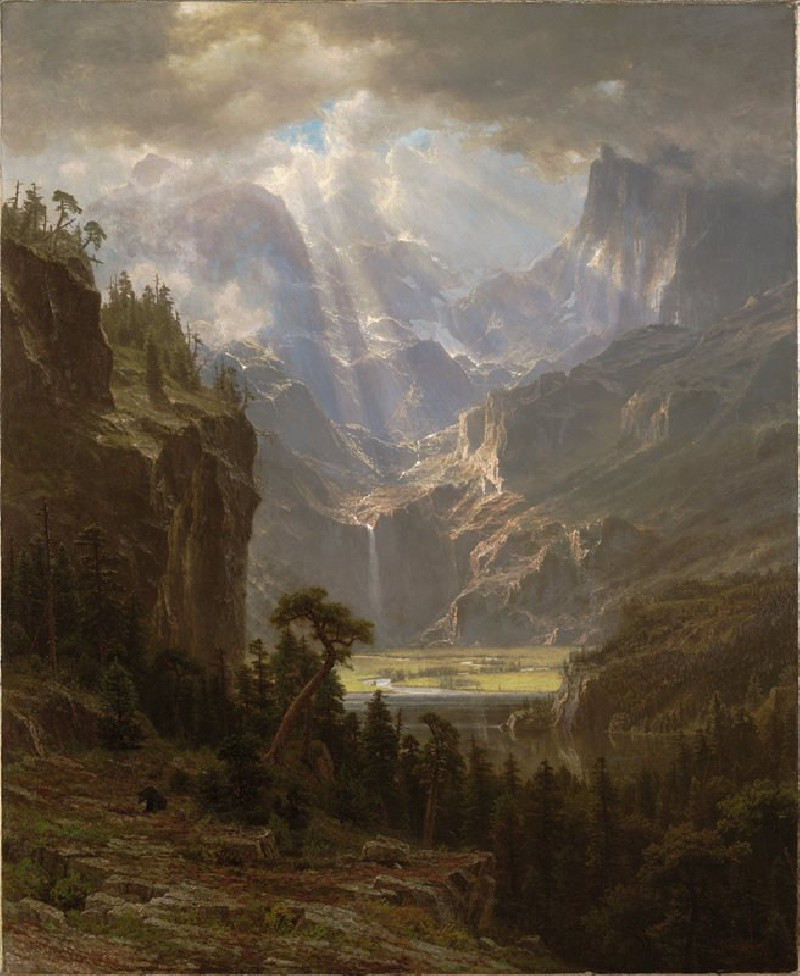
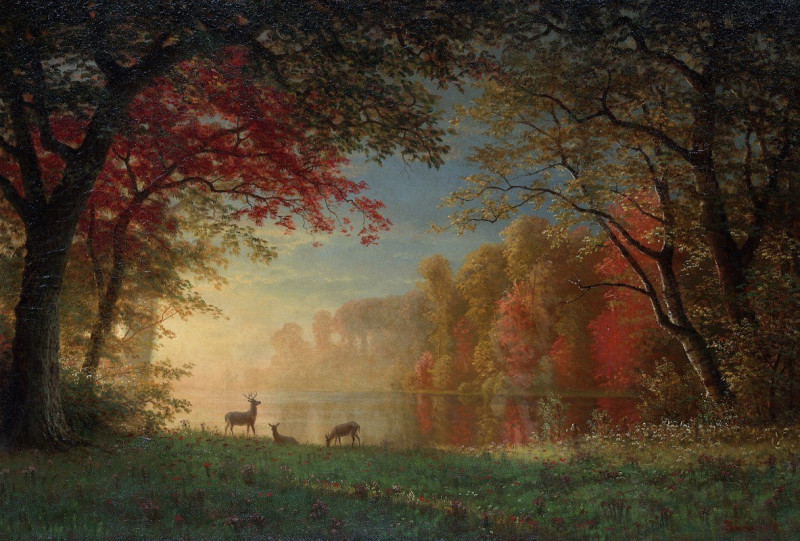
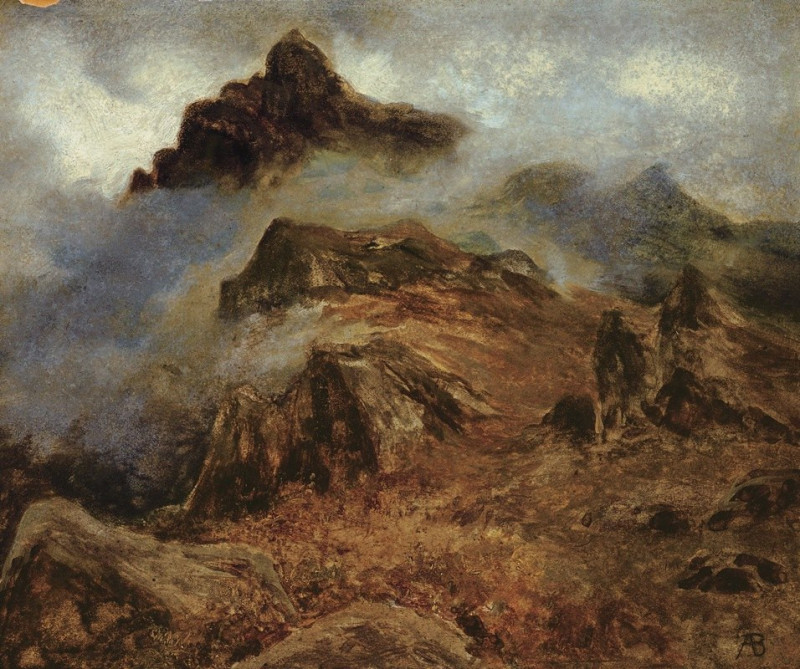


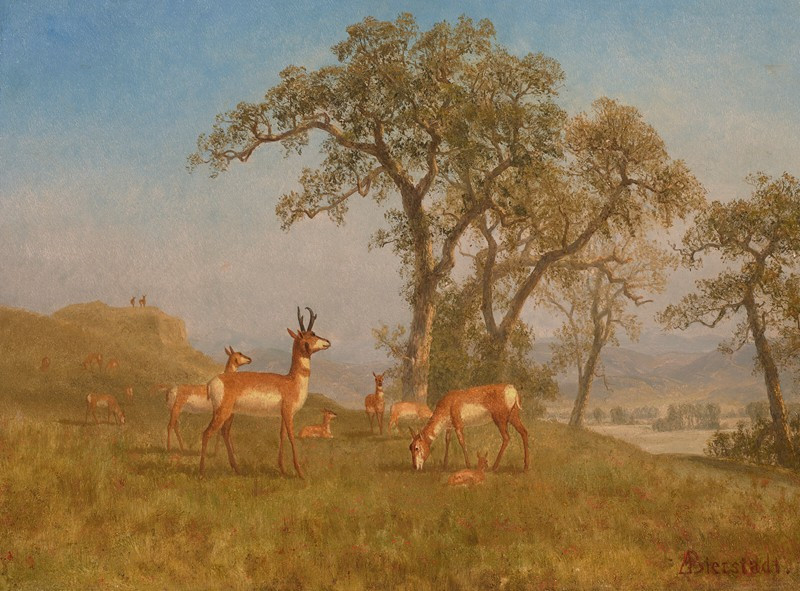
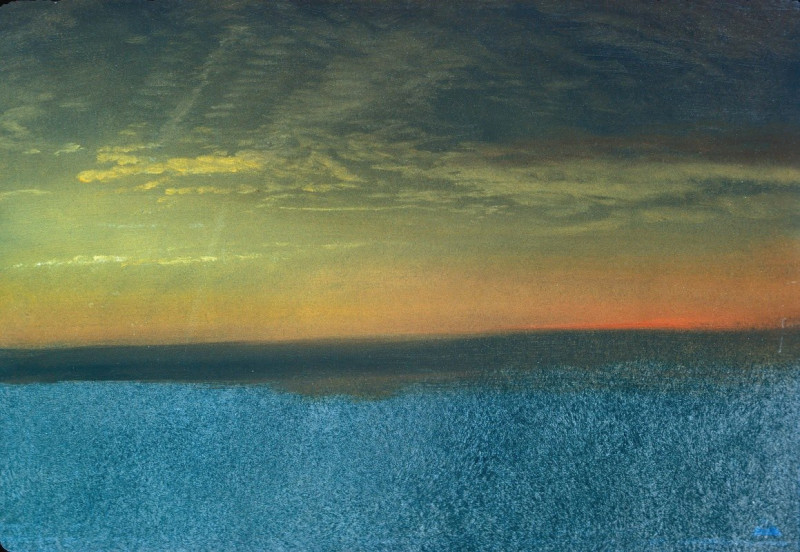
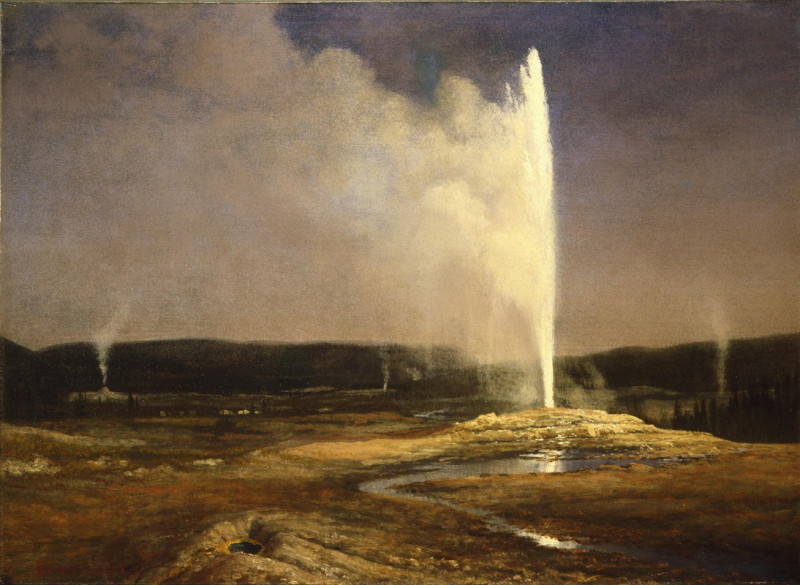
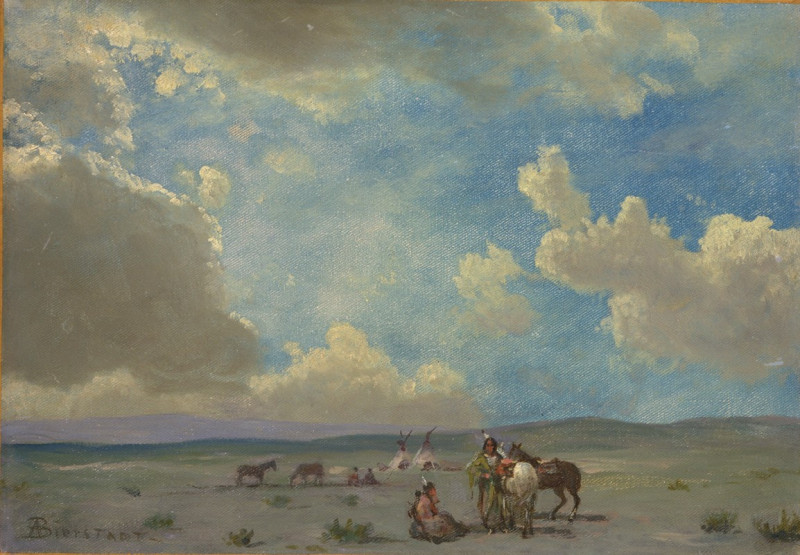
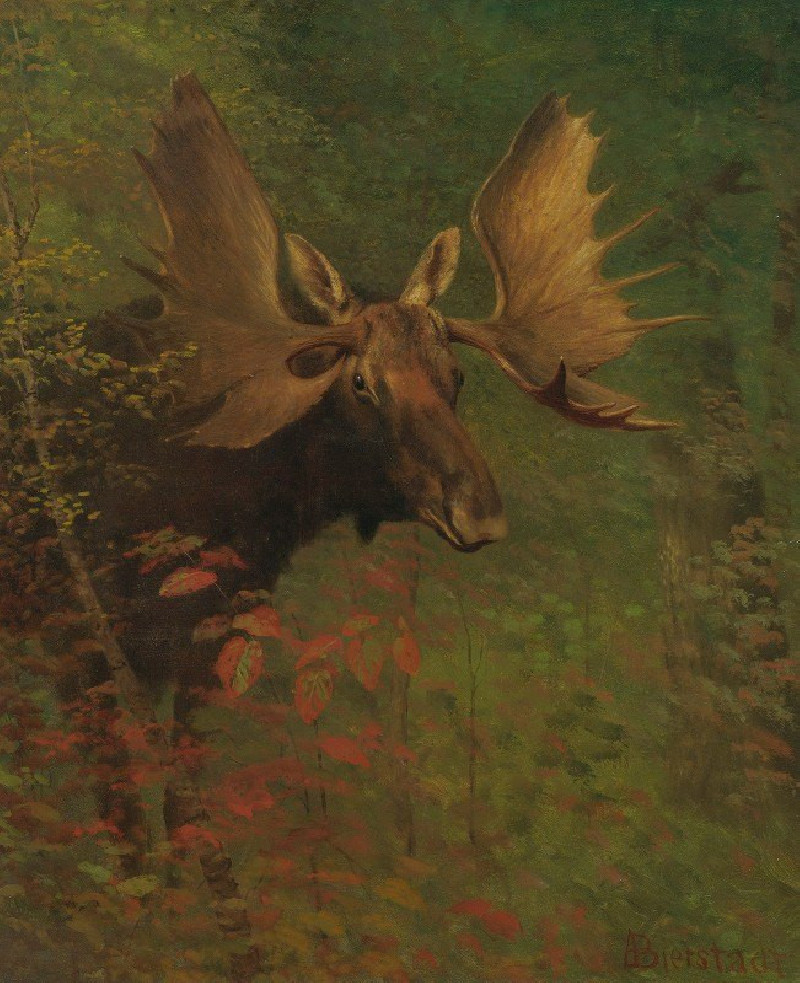


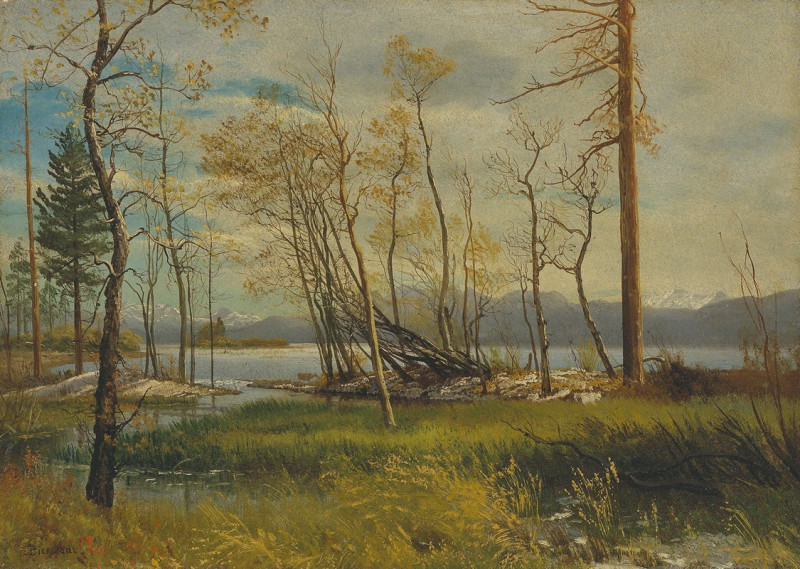
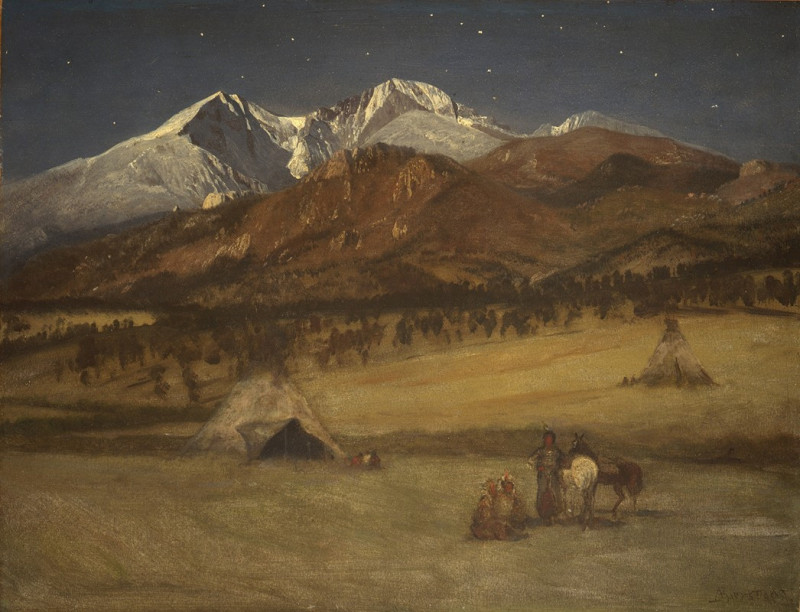
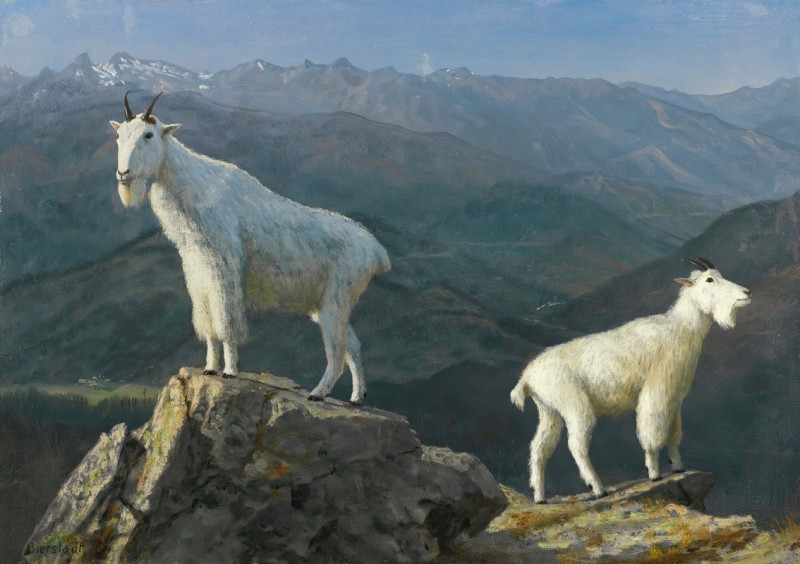

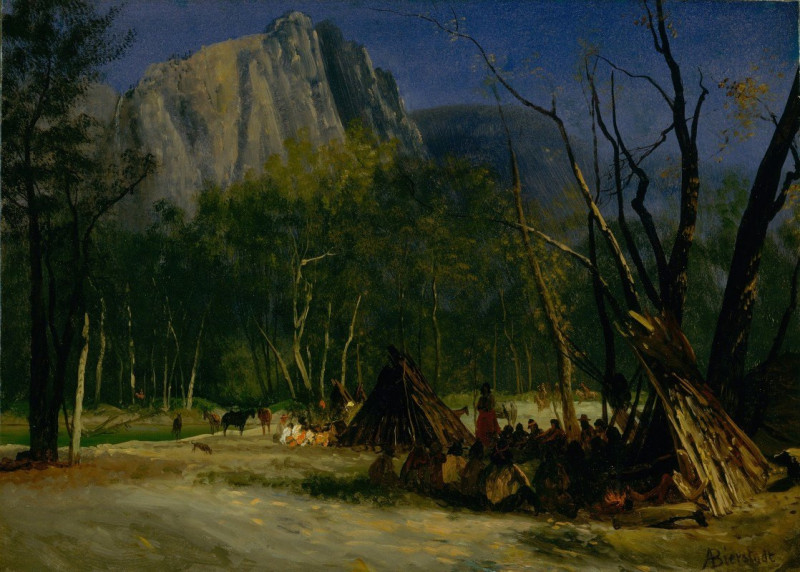
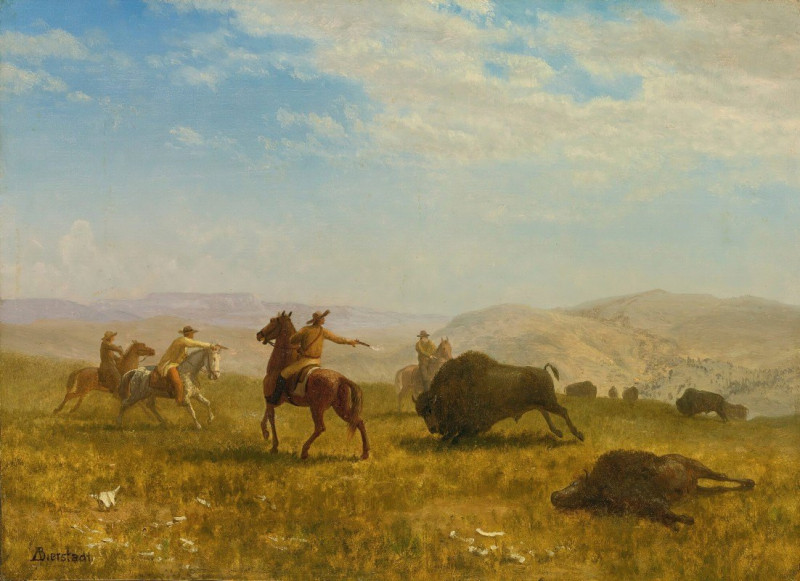
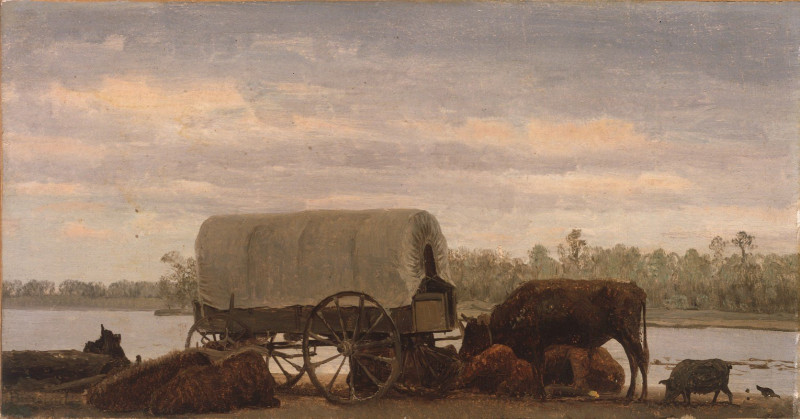
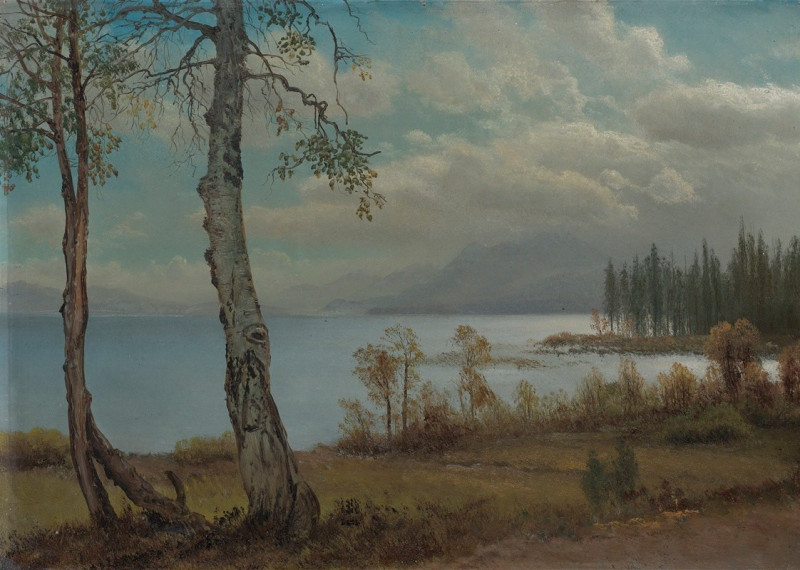
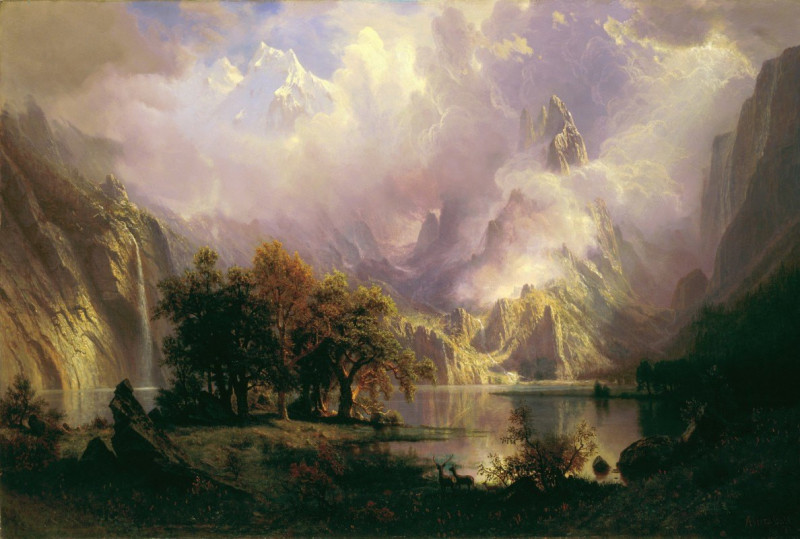
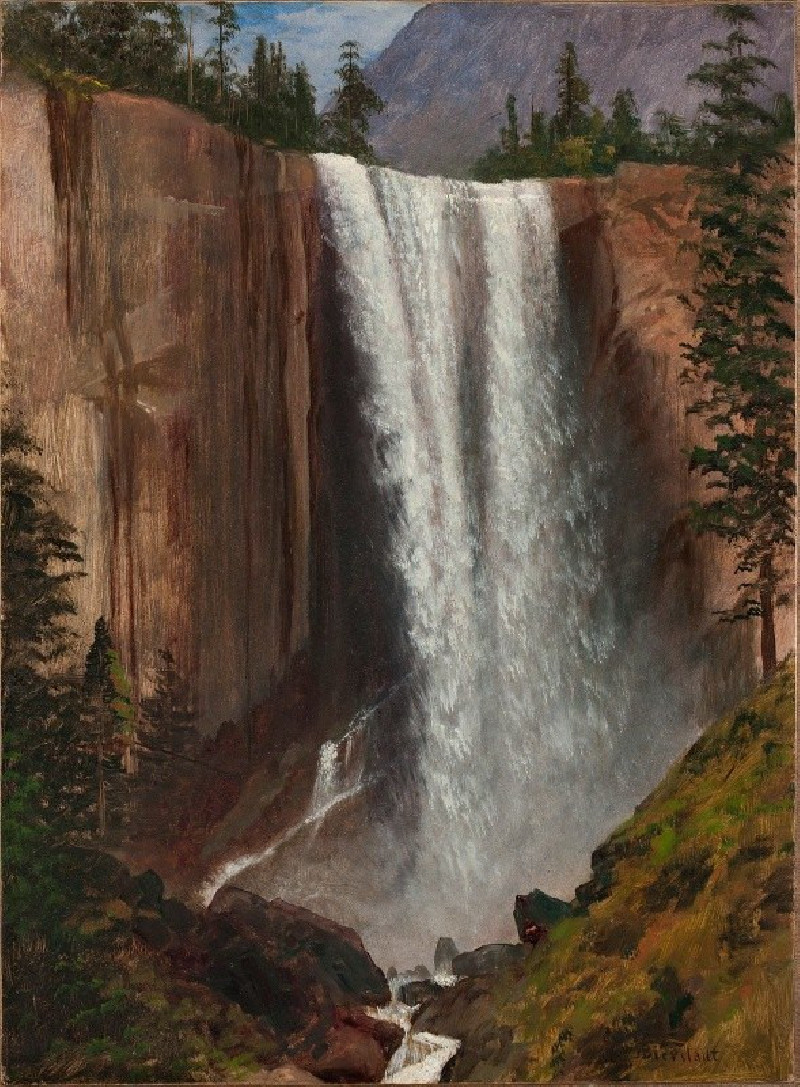
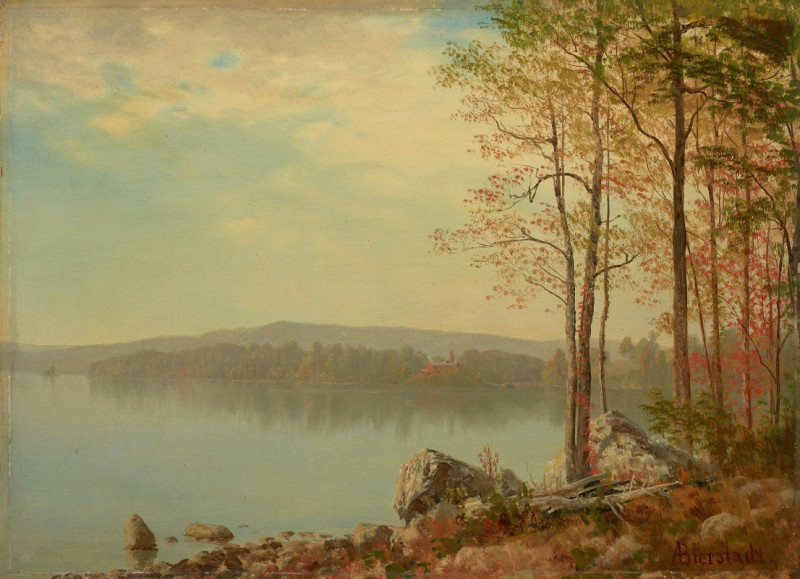

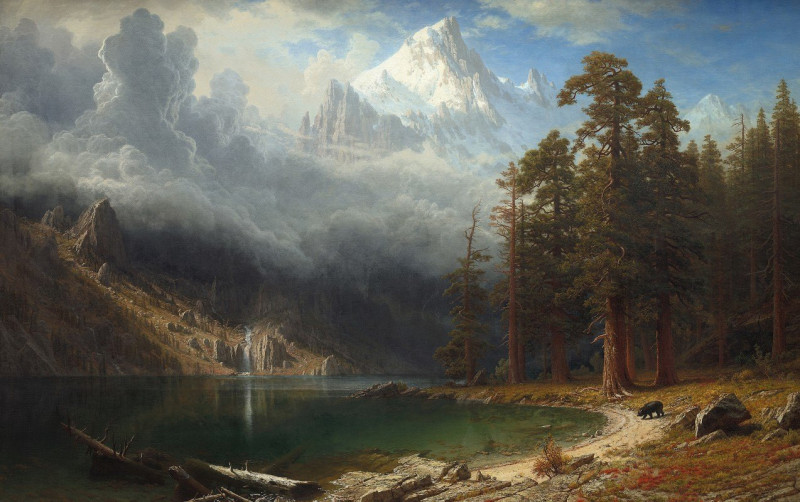
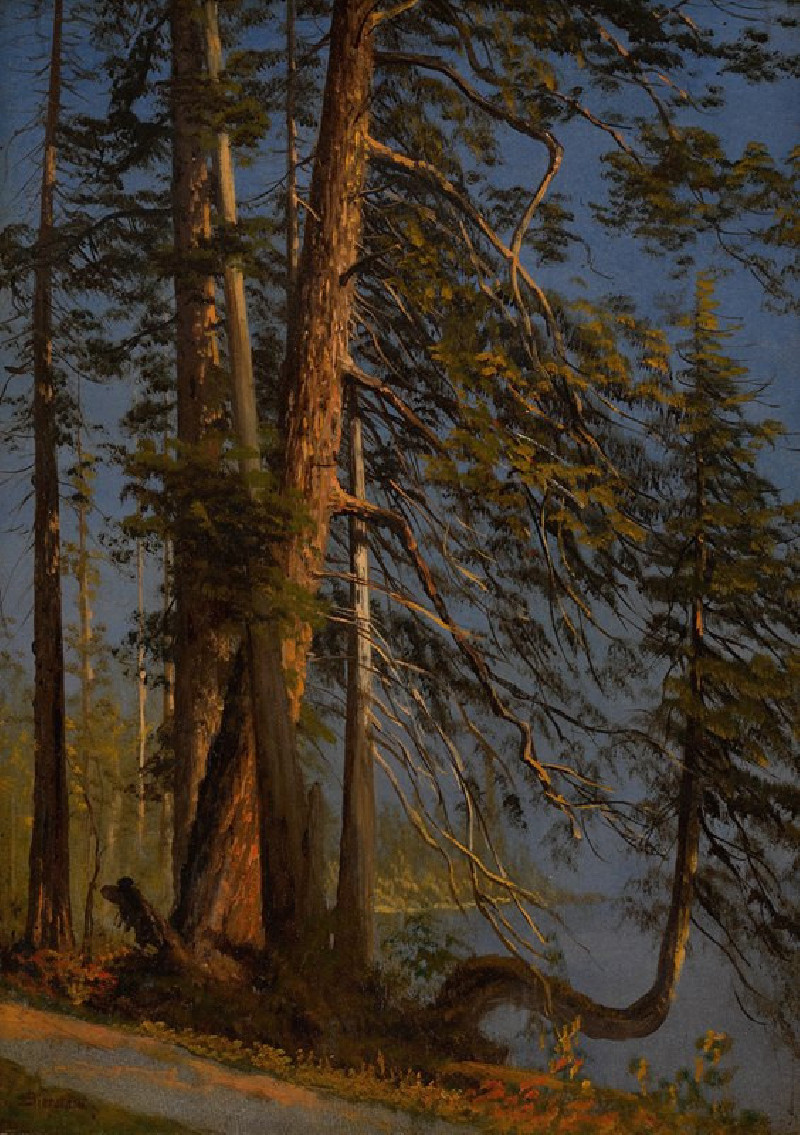
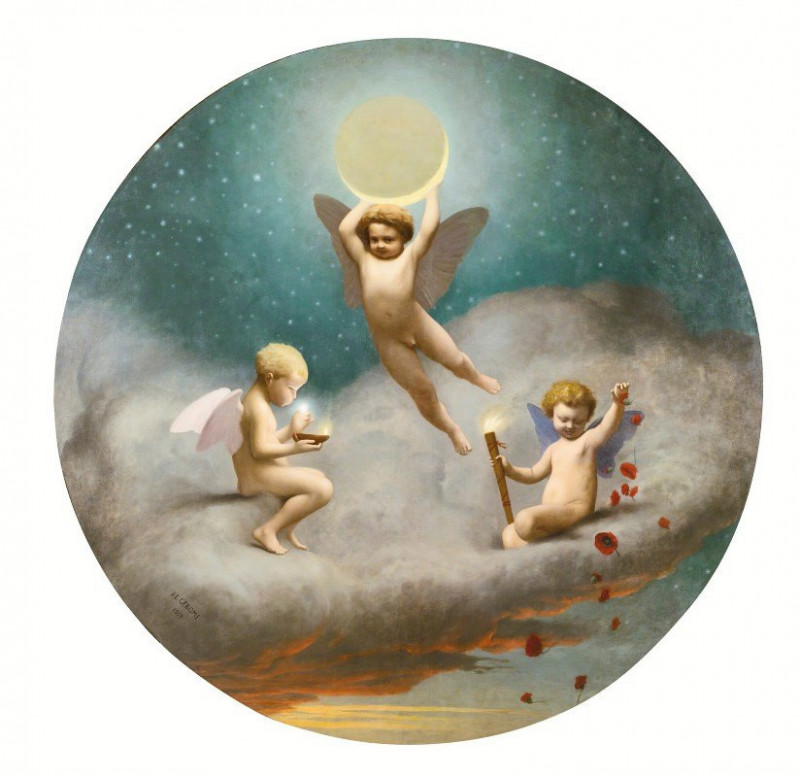

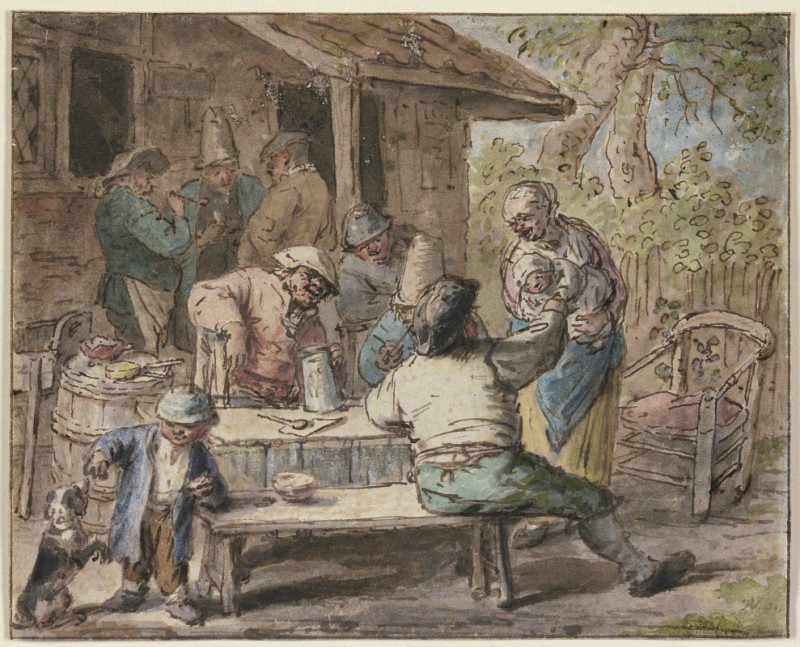
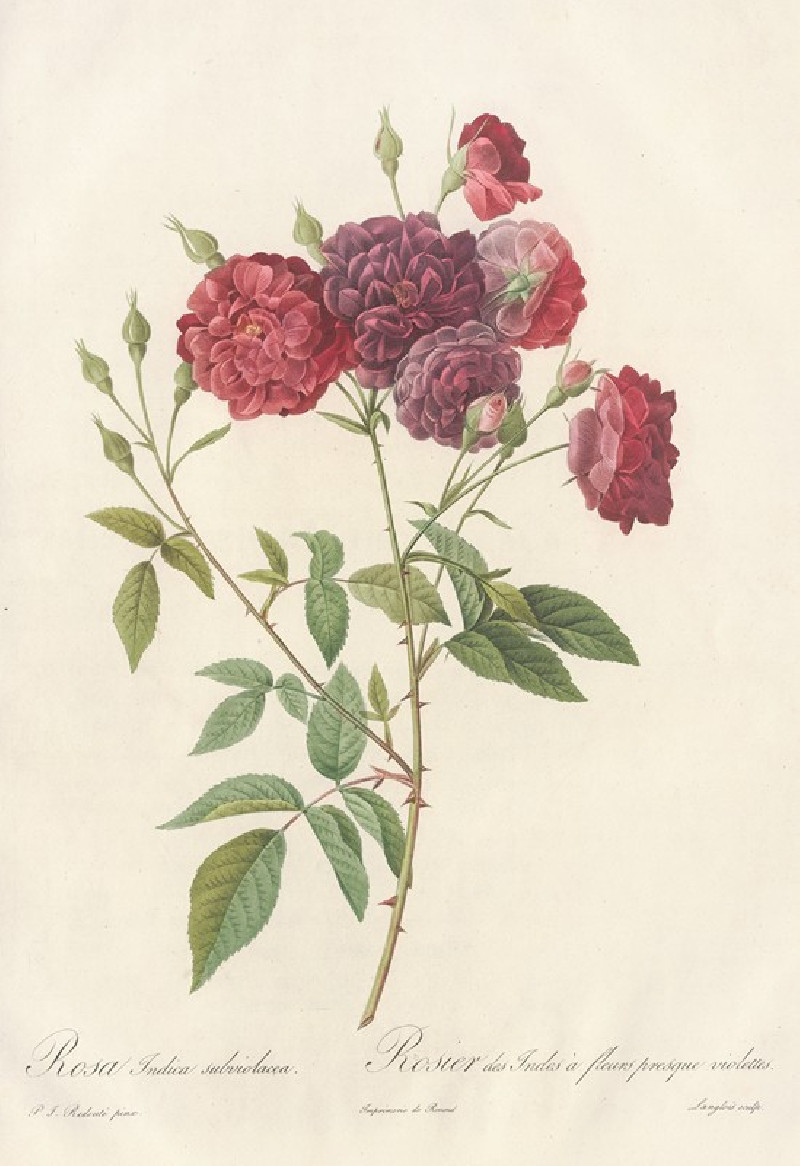
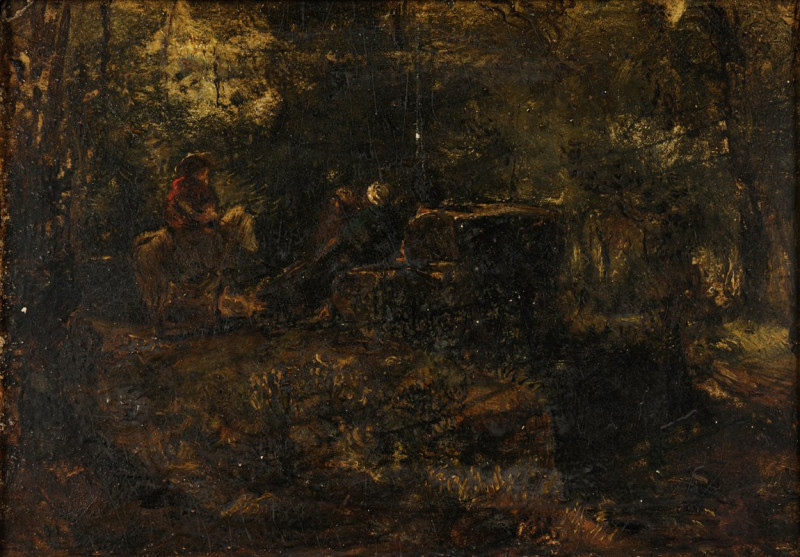

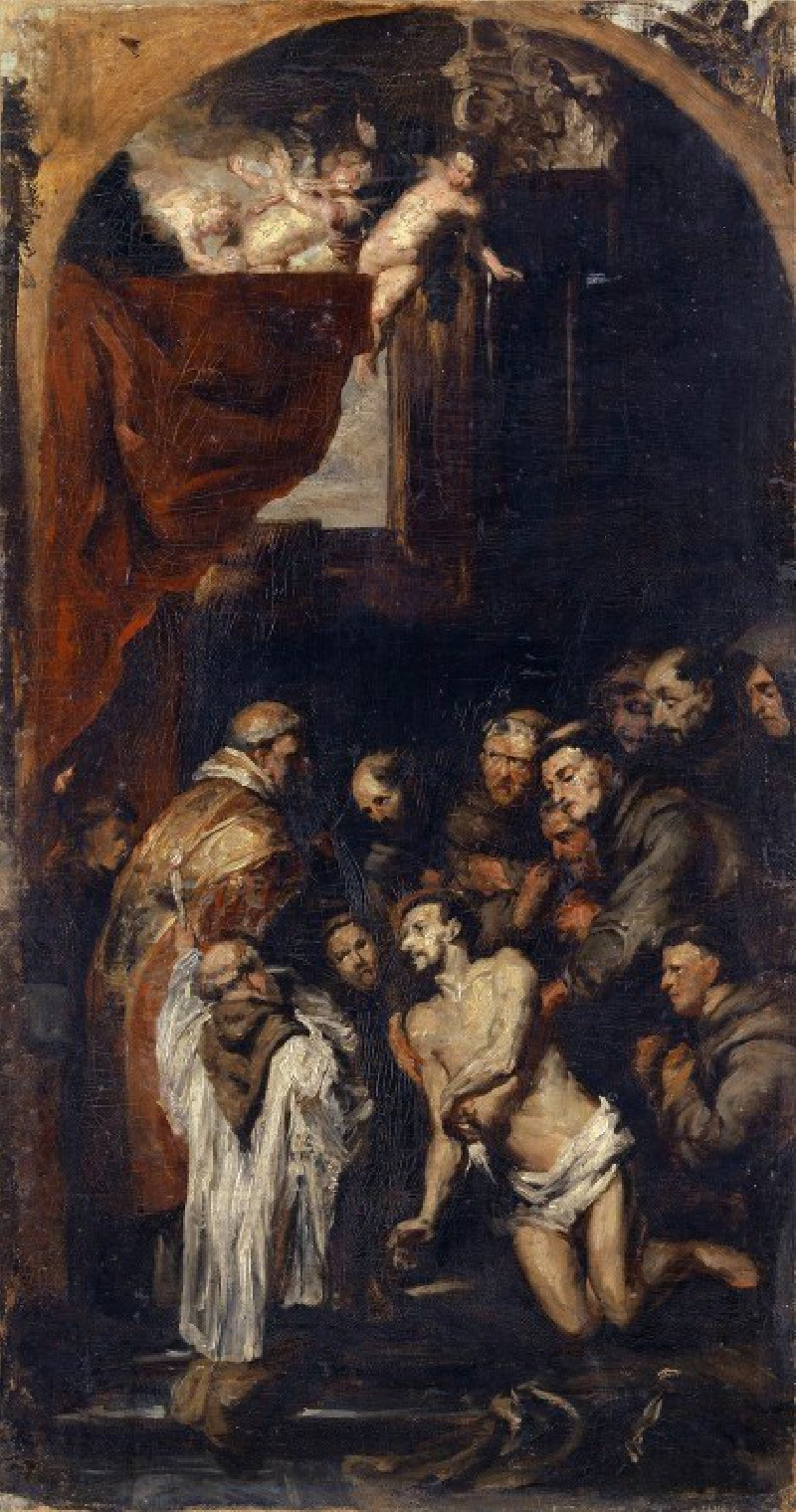

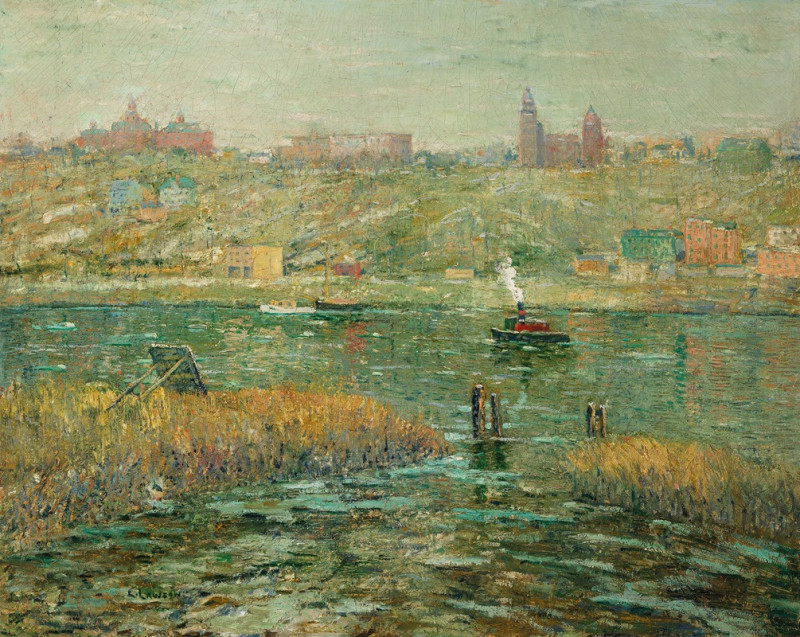
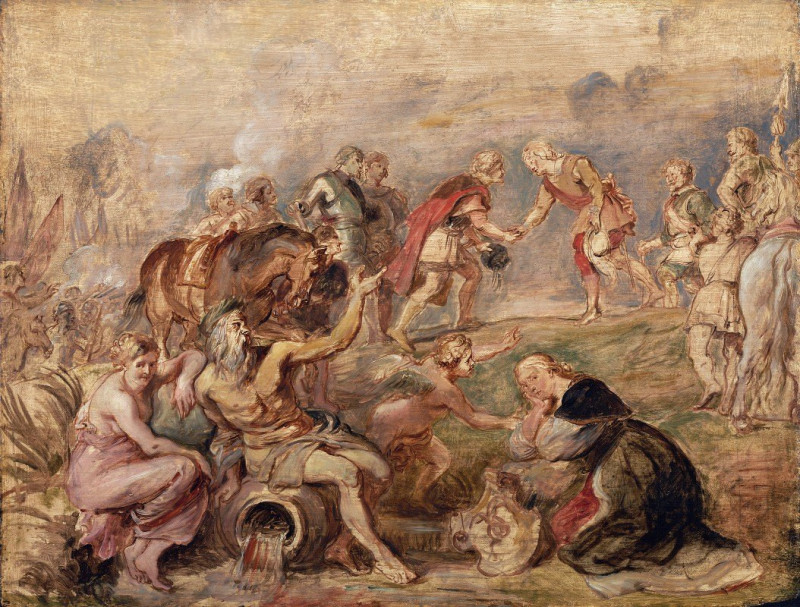
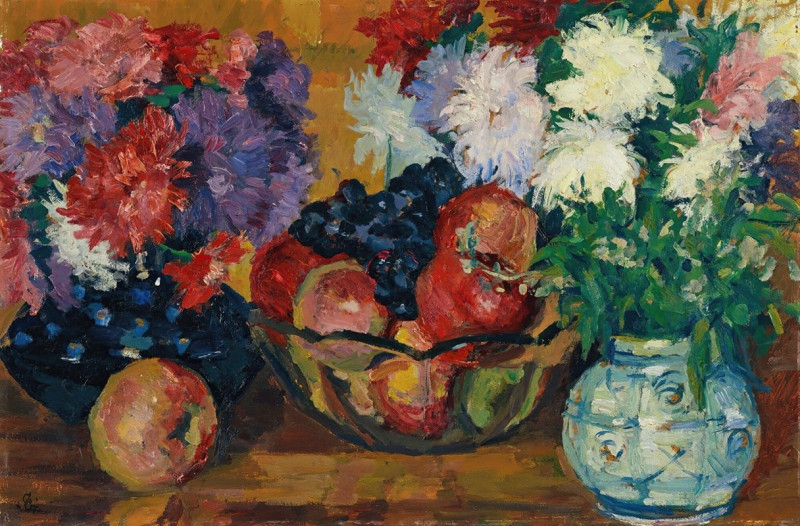

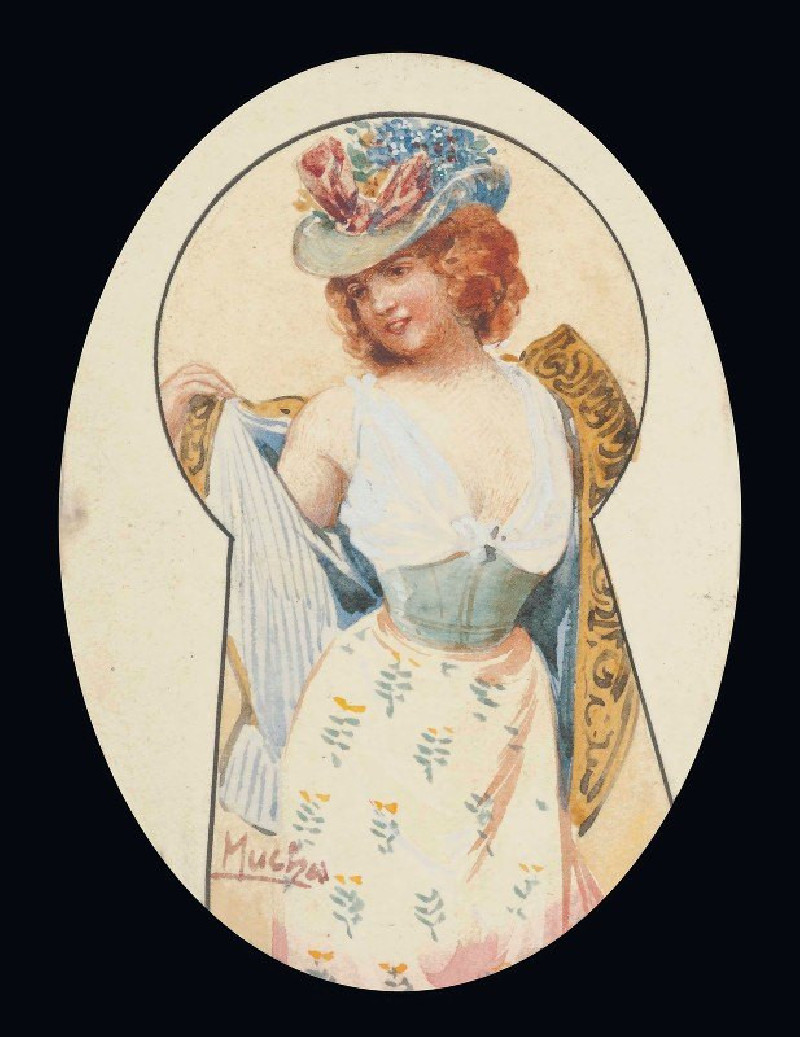
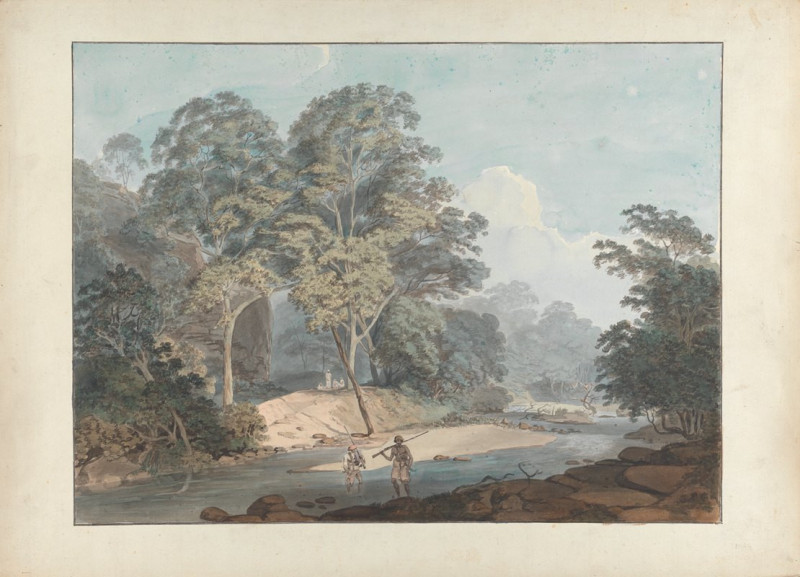
![Untitled [study of a telephone] reproduction of painting by Petrus van der Velden. ALL GICLEE PRINTS](https://reprodukcijos.lt/52130-large_default/reproduction-of-untitled-study-of-a-telephone.jpg)
